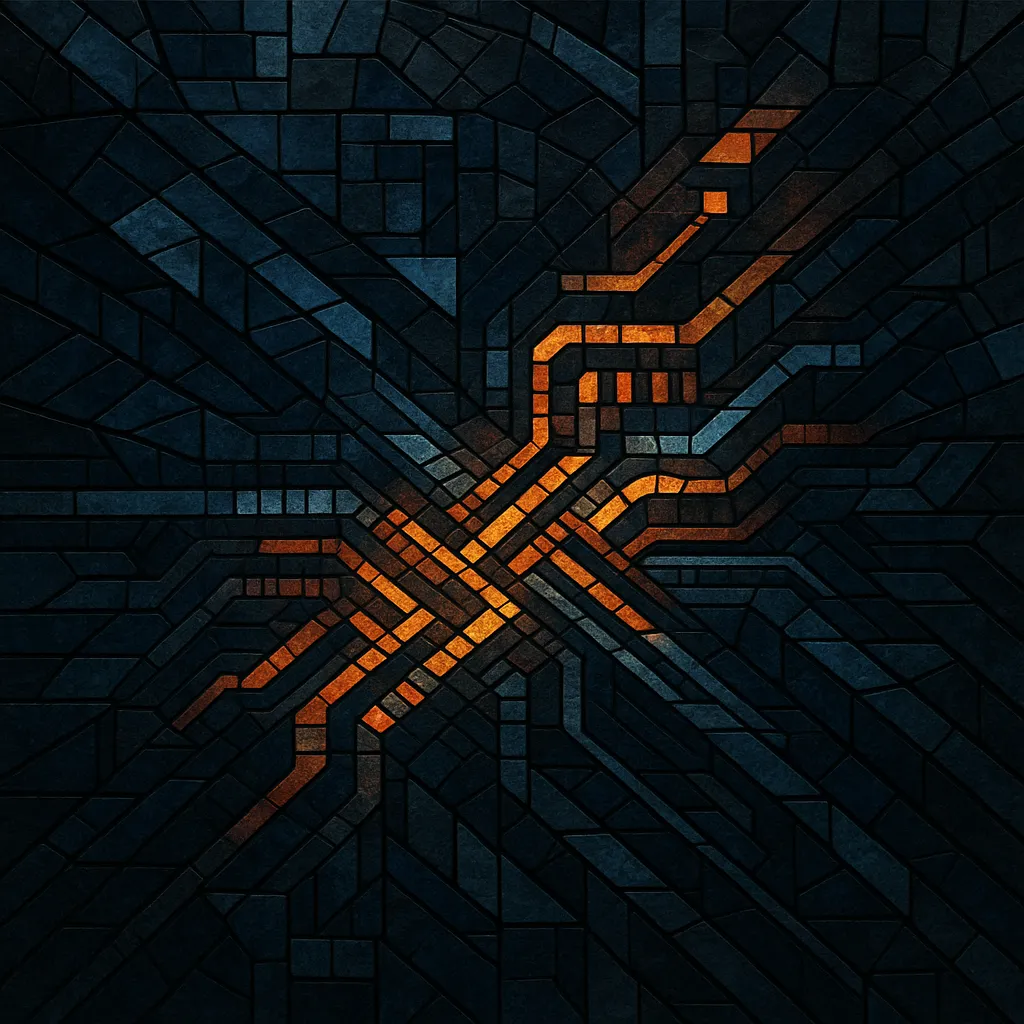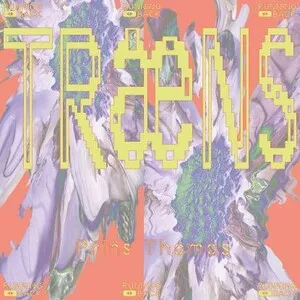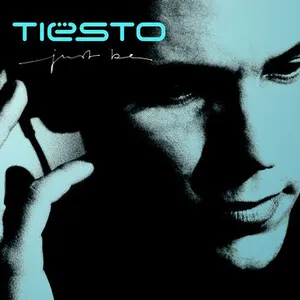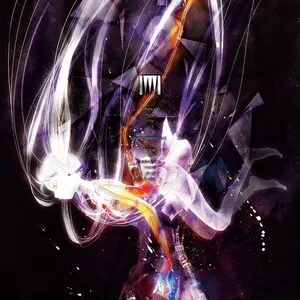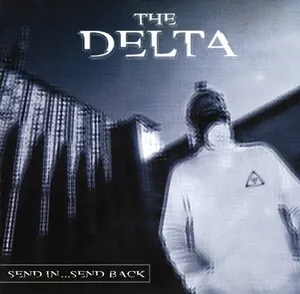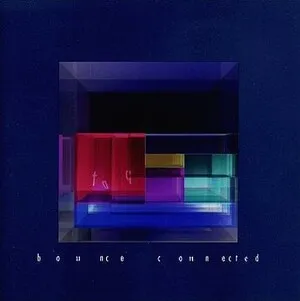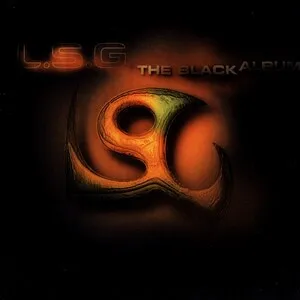Your digging level
Description
Tech trance is a hybrid of techno’s percussive precision and trance’s large-scale breakdowns and euphoria. It emphasizes driving, mechanical grooves, tough kick-and-bass synergy, and crisp, repetitive percussion while still deploying atmospheric pads, tense builds, and streamlined hooks.
Typically in the 132–140 BPM range, it is darker and more utilitarian than uplifting trance, yet more melodic and expansive than straight techno. Expect rolling basslines, snappy 909-style hats and claps, acidic sequences, filtered sweeps, and short, functional riffs that culminate in powerful drops designed for big rooms and festival floors.
The genre became a staple in late-1990s to mid-2000s European club culture, especially in the Netherlands, the UK, Germany, and Italy, and remains influential in modern hard dance and “tech-lift” strands of contemporary trance.
History
Tech trance emerged as DJs and producers sought a middle ground between the raw, percussive insistence of techno and the expansive breakdowns and momentum of trance. Early experiments in the Netherlands, the UK, Germany, and Italy folded techno’s drum programming and minimalism into trance arrangements, favoring functional motifs, acidic sequences, and tougher rhythm sections.
The early-to-mid 2000s marked a commercial and club peak. Dutch and German producers such as Marco V, Sander van Doorn (early works), Scot Project, Randy Katana, and Marcel Woods delivered high-impact singles that became festival staples. Labels and platforms connected to ID&T events, Discover/Vandit-linked circles, and Italian BXR output helped spread the sound. Aesthetic hallmarks included 135–140 BPM tempos, rolling off-beat/16th basslines, 909-style hats, short “hook as tool” riffs, and tense, filter-driven builds.
As mainstream trance splintered, tech trance fed into harder and techier directions. Producers like Mark Sherry, Simon Patterson, and John Askew pushed a faster, more aggressive “tech-lift” approach, blending modern sound design with classic tech grooves. In parallel, parts of the sound bled into early hardstyle’s aesthetic (stiff drum programming, punchy bass, and concise motifs) while some artists pivoted toward electro/big-room influences.
Today, tech trance remains a DJ-friendly, peak-time utility style within the broader trance ecosystem. Its legacy is audible in harder trance sets, tech-lift mainstage moments, and the rhythmic DNA of hard dance subgenres. The genre’s enduring appeal lies in its balance of relentless groove and strategically deployed tension-and-release.

